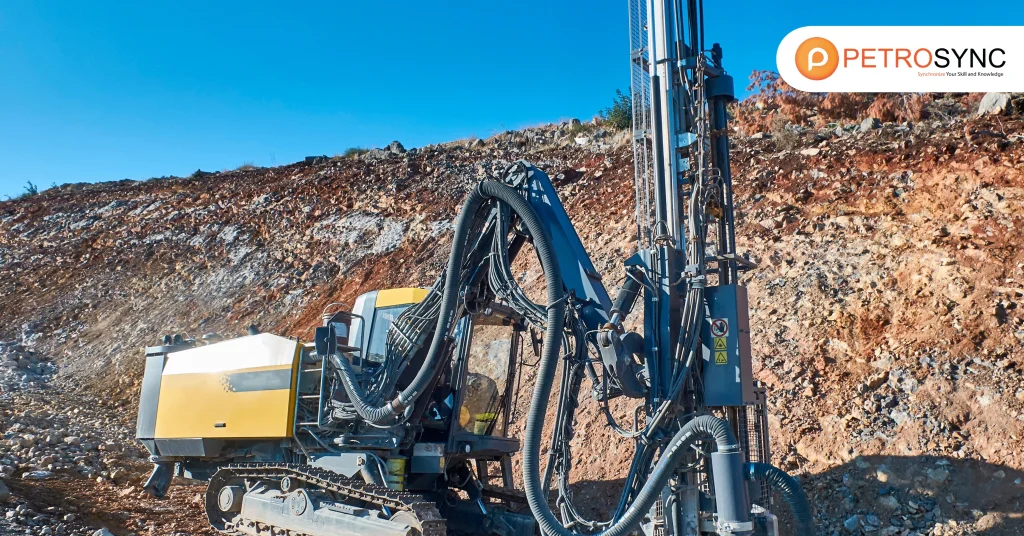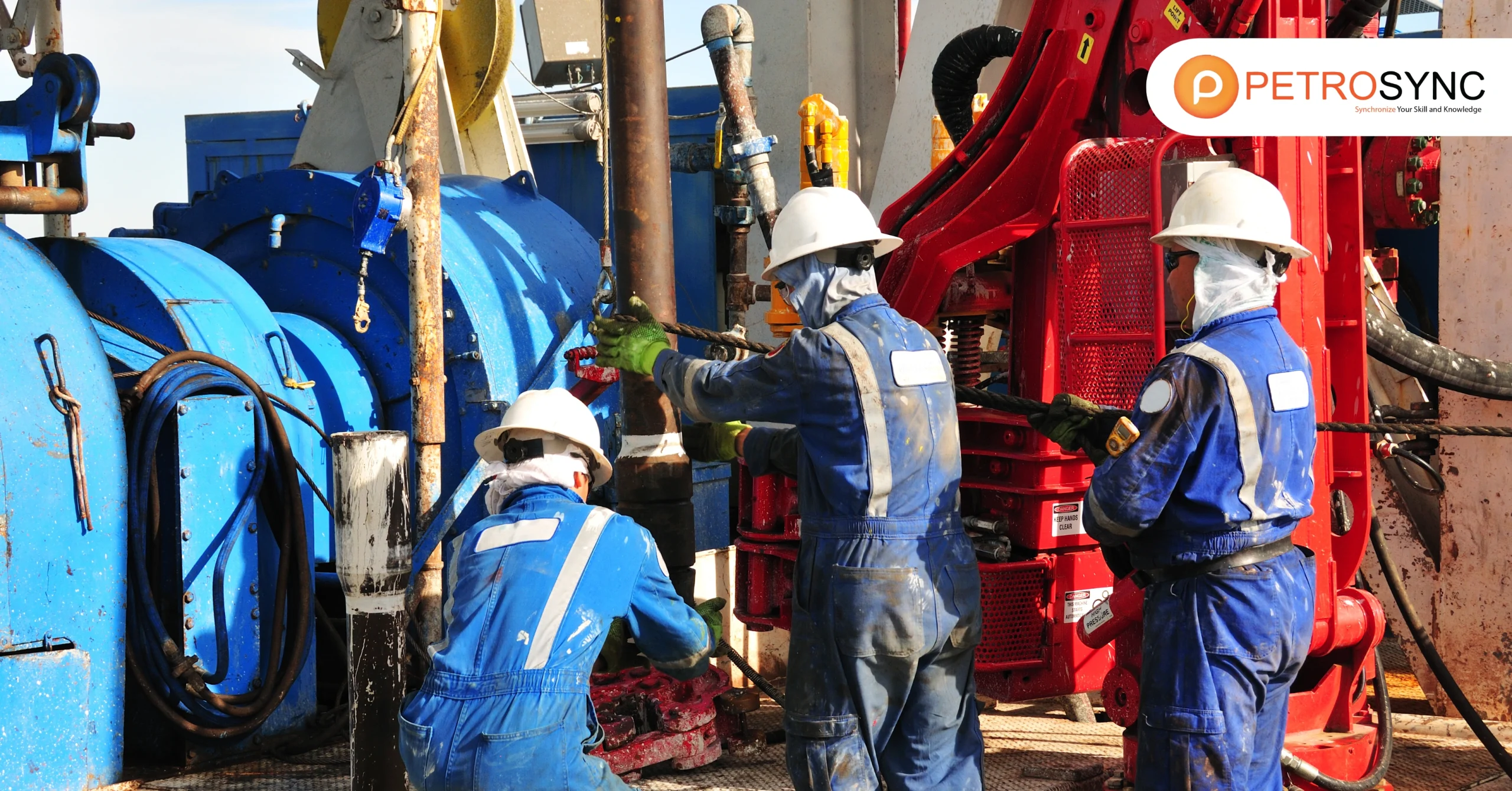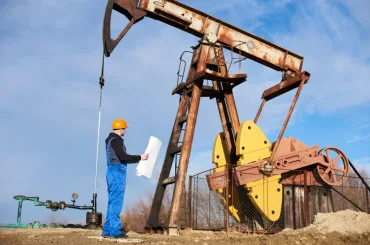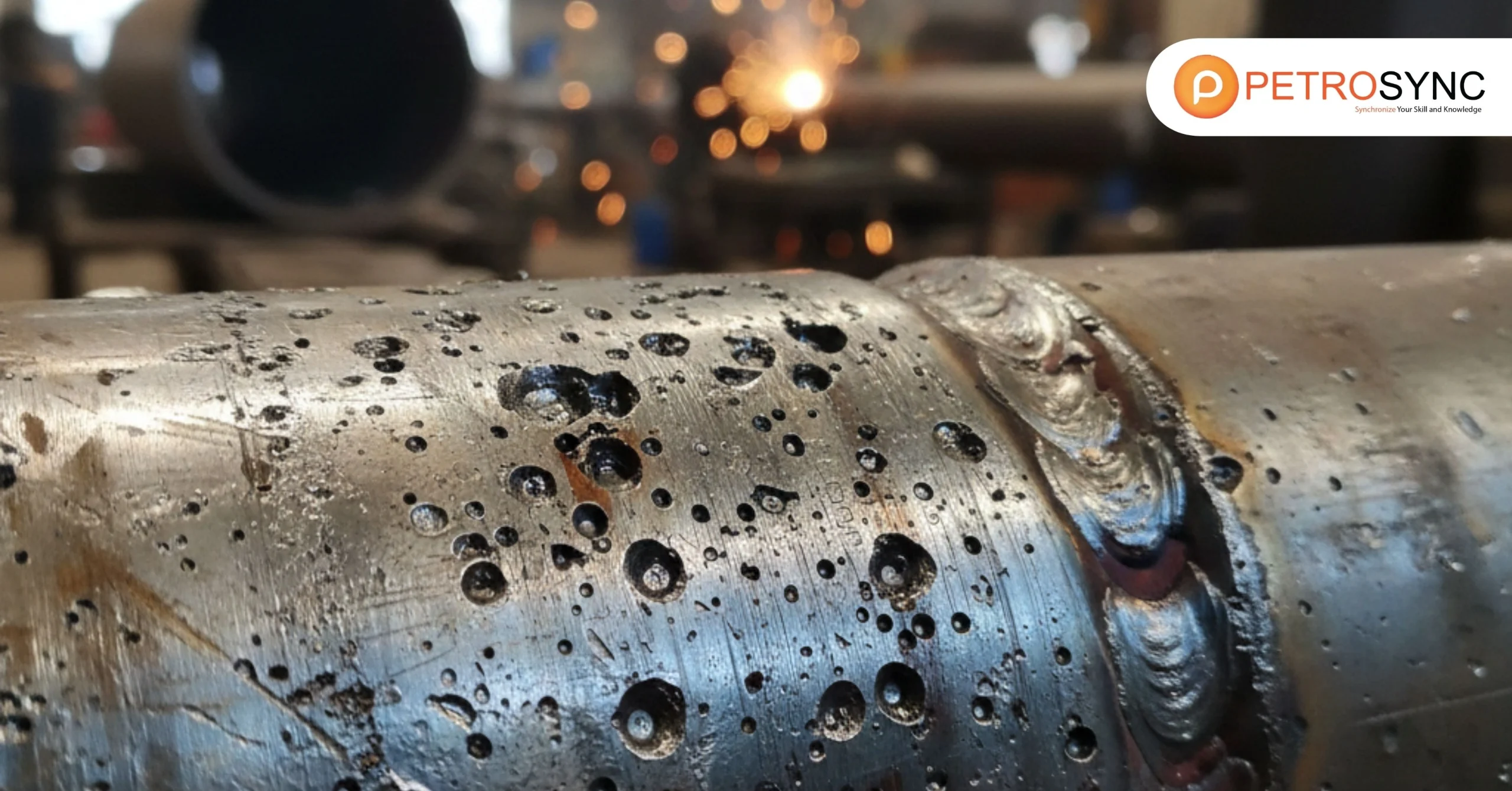Drilling is one of the most fundamental yet powerful operations in both the oil & gas sector and the construction industry. Whether it’s reaching deep hydrocarbon reserves or laying a strong foundation for infrastructure, hole – making defines the success of many high-stakes projects.
But drilling isn’t just about boring holes into the earth—it involves strategy, engineering, precision, and, more importantly, the right set of skills. In this article, we’ll unpack what hole – making is, what skills professionals need to perform it effectively, and how different hole – making methods are applied across industries.
This guide is especially valuable for professionals, engineers, and business leaders who want to understand and leverage drilling as a critical part of operational excellence.
What is Drilling?

Drilling refers to the process of creating holes in the earth’s surface using specialized tools and machines. In the oil and gas industry, it is the core method to extract underground hydrocarbons. In construction, drilling is used for everything from soil testing and foundation installation to infrastructure preparation.
Modern hole- making operations are supported by advanced technology, precise planning, and experienced manpower. Depending on depth, location, and project goals, different hole – making strategies are employed, each offering its own benefits and challenges.
What is a Drilling Skill?
Drilling skills encompass both technical competencies and practical experience required to perform drilling tasks safely and effectively. These skills include:
- Operating machinery like rotary and percussion drills
- Reading geological formations to assess hole – making conditions
- Applying safety procedures to prevent blowouts or ground collapse
- Diagnosing problems such as drill bit failure or fluid circulation loss
The Society of Petroleum Engineers (SPE) found that skill gaps or lack of training cause over 70% of drilling-related incidents. This finding highlights the importance of providing structured training and promoting continuous upskilling within the drilling workforce.
What is Drilling in Construction?
In construction, hole – making is a key technique for preparing the ground for structural work. It’s used to collect soil samples, install foundation piles, or anchor deep supports. Unlike deep oil wells, construction hole – making is often shallower—but equally critical for safety and stability.
Common types of construction hole – making include:
- Pile hole – making: For inserting large cylindrical foundations
- Anchor hole – making: To stabilize slopes or structures
- Coring: To extract material samples for lab testing
Regardless of the method, accurate hole – making in construction ensures load-bearing capacity and structural durability.
What Are the Types of Drilling Based On:
1. Location:
- Onshore Drilling
Hole – Making performed on land using rigs stationed directly above the drill site.
Pros: Easier access, lower cost, faster mobilization.
Used widely in oil fields like Texas, Middle East deserts, and Indonesian mainland sites.
- Offshore Drilling
Conducted at sea using floating platforms or jack-up rigs to reach subsea oil and gas reserves.
Pros: Access to massive untapped reserves.
Challenges: Higher cost, logistical complexity, and environmental sensitivity.
2. Hole Shape:
- Straight Hole Drilling
A vertical borehole drilled directly downward. Common in shallow water wells or pilot holes.
- Directional Drilling
A curved or angled well path used to reach targets not directly beneath the rig.
Key in urban hole – making, horizontal oil wells, or multi-zone production wells.
3. Working Mechanism:
- Manual Drilling or Hand Drilling
Auger Drill: Uses a spiral screw to pull soil out as it’s rotated manually. Ideal for shallow depths and soft soil.
Bangka Drill: Traditional tool used in Southeast Asia for shallow wells or temporary boreholes.
- Mechanical Drilling
Percussive Hole – Making: Employs repeated striking force (hammering) to break rock. Common in mining.
Rotary Hole – Making: The most common industrial method. Uses a rotating bit and hole – making mud. Suitable for deep oil/gas wells.
Engineers choose each hole-making mechanism based on soil hardness, depth, budget, and project urgency.
Join PetroSync Training for Industry Expertise
As hole – making technology evolves, so do the expectations placed on professionals in the field. It’s no longer enough to simply know how to operate a drill—companies now seek individuals who understand geotechnical principles, safety protocols, environmental compliance, and cost-efficiency.
PetroSync delivers industry-recognized training designed to equip professionals with hands-on knowledge and globally relevant certifications in hole – making operations. From understanding bit wear to mastering directional control, PetroSync’s programs offer deep technical insight paired with real-world case studies.

Results-oriented and thorough SEO specialist with extensive experience in conducting keyword research, developing and implementing digital website promotion strategies and plans, managing campaigns to develop company websites in the digital world, excellent knowledge of marketing techniques and principles, and attentive strong attention to detail.







